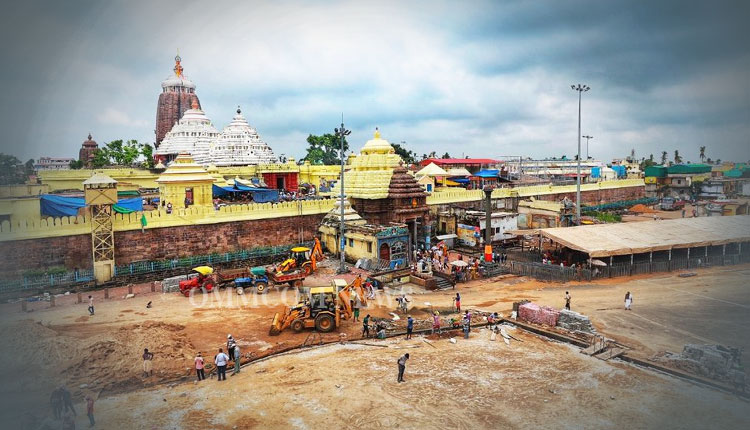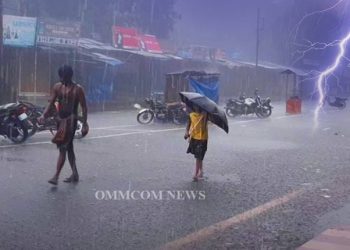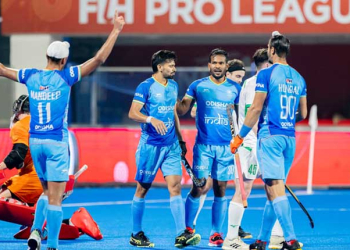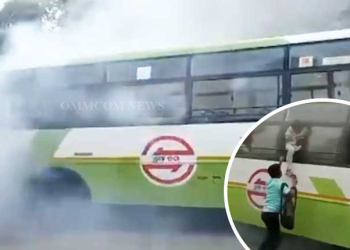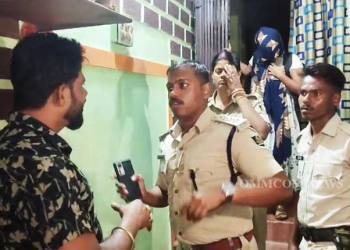Puri: In a big push to Chief Minister Naveen Patnaik’s aim to transform the holy town of Puri into an international place of heritage, the National Monuments Authority (NMA) has reiterated its ‘No Objection’ to the proposed public amenities in the prohibited area, namely Cloak Room, Mini Cloak Room, Shelter Pavilion, Female Toilet, Male Toilet, Sevayat Toilet, Electrical Room and Pavement area including a place to stand in queue for toilets and reaching sanctum sanctorum under the Shree Mandira Parikrama Project (Puri Heritage Corridor Project).
The NMA at its 361st NOC meeting held on September 9 after examining the revised Detailed Project Report (DPR) submitted by Shree Jagannath Temple Administration (SJTA) in April 2022 in its recommendations part has reiterated its earlier statement that these works of public amenities are permitted under the exception clause to the definition of ‘Construction’ given in Section 2(dc), A.A. Act 1958.
The NMA has recommended for the construction of an additional Sevayat Toilet and Cloak Room on the western side of the protected monument in the prohibited area as public amenities permitted under the exception clause to the definition of ‘Construction’ given in Section 2(dc), AMASR Act, 1958.
With regard to certain specific items of work proposed in the DPR in the prohibited area, the NMA has endorsed the recommendations of the Archaeological Survey of India (ASI).
As per the recommendation of the ASI, the Shelter Pavilion proposed for visitor’s convenience may be constructed subject to reduction of its height and at ground level not causing an eye sore to the monument.
Further, in respect of the other proposed construction works in the prohibited area namely Information cum Donation Kiosk, First Aid Centre, Police Service Centre and ATM Kiosk, the NMA recommended that in the interest of preservation, safety, security of, or access to the protected monument, these facilities may be relocated in the regulated area and a separate proposal for NOC in this regard may be processed through the Competent Authority.
The NMA has recommended grant of NOC for construction of Shree Jagannatha Reception Centre in the regulated area at a distance of 101.50 meters from the protected monument with a height of 7.50 meters (G+1), inclusive all with the floor area of GF = 1365 sqm and FF=1305 sqm and Mezzanine floor = 143 sqm.
The NMA has reiterated its recommendations made in the 335th meeting held on March 11 this year advising the applicant to submit a revised plan for the construction of the SJTA Office Building in the regulated area by restricting its height to 7.50 meters (inclusive all). The NMA has said that the applicant may submit a revised NOC application to the Competent Authority for consideration (by NMA).
With regards to the proposal for relocation of the effluent treatment plant (ETP) from the prohibited area to the regulated area of the protected monument, the NMA has recommended the SJTA to submit a separate proposal for the construction of this facility in the regulated area to the Competent Authority for consideration and onward processing to NMA.
Moreover, the NMA has reiterated its earlier recommendation in its letter dated September 4, 2021, that the repair/renovation proposed to be carried out in Bada Chhata Matha & Chhauni Matha should not tantamount to addition/alteration or reconstruction.
A separate application in this regard may be submitted to the Competent Authority for consideration in terms of Rule 8 of AMASR (Competent Authority) Rules, 2011, the NMA added.
The NMA stipulated the following general conditions for compliance, as far as possible, while executing the development works: (i) All new structures proposed to be constructed should be non-intrusive and devoid of any heavy architecture (ii) All new structures proposed to be constructed may be temporary structures wherever feasible. (iii) Locally available building material should be used in the construction work for harmony with the existing landscape (iv) Use of heavy machinery for digging work should be avoided to mitigate adverse impact on account of vibration on the protected monuments. (v) The digging work should be executed manually or with the help of light machinery under the supervision of ASI.



